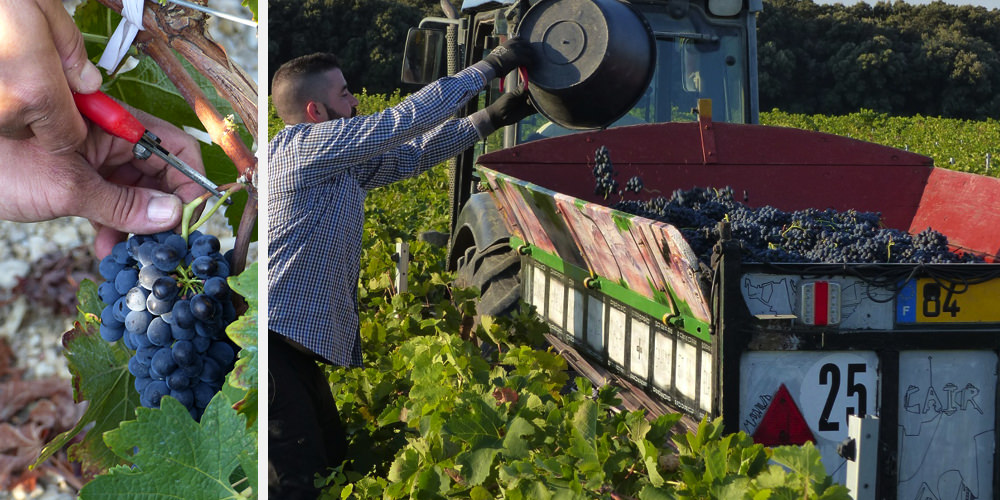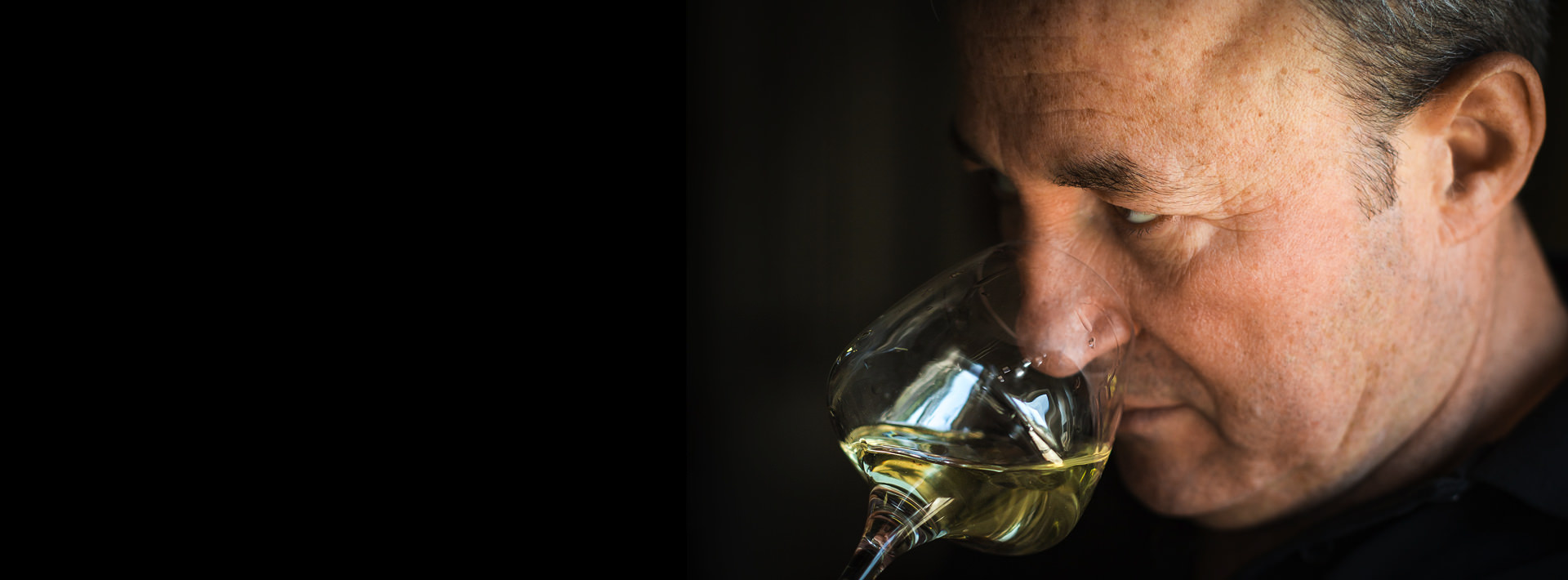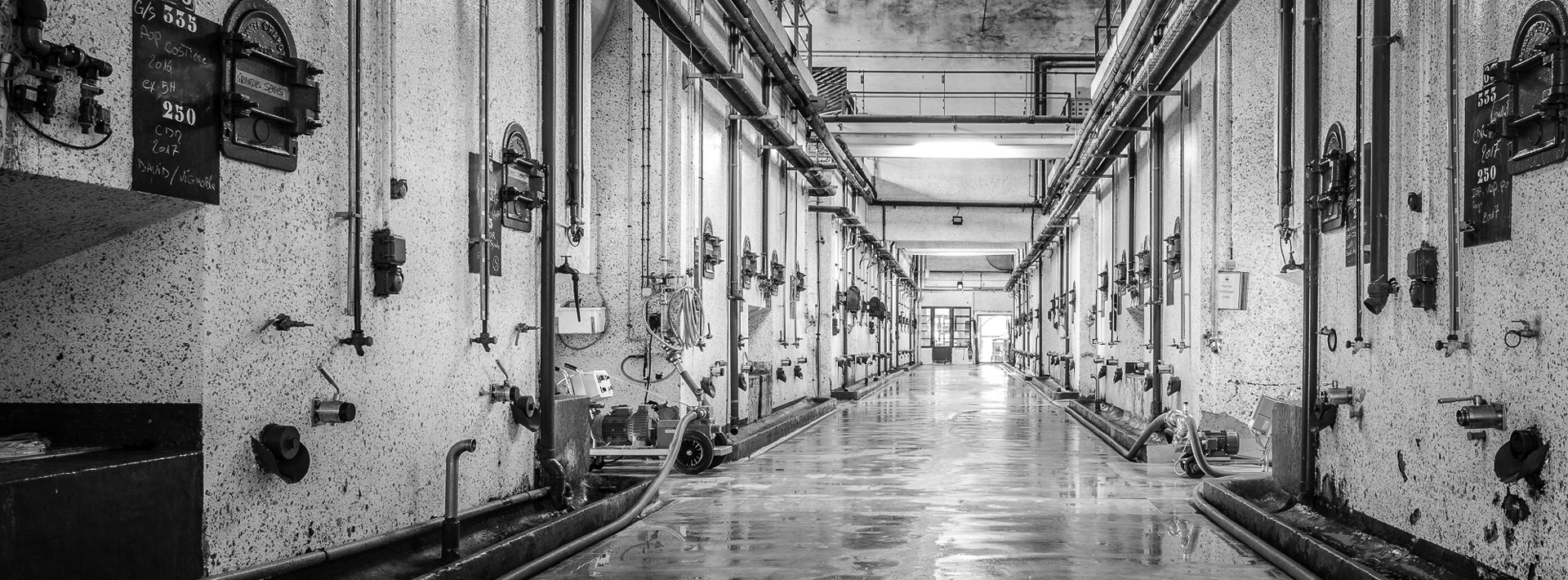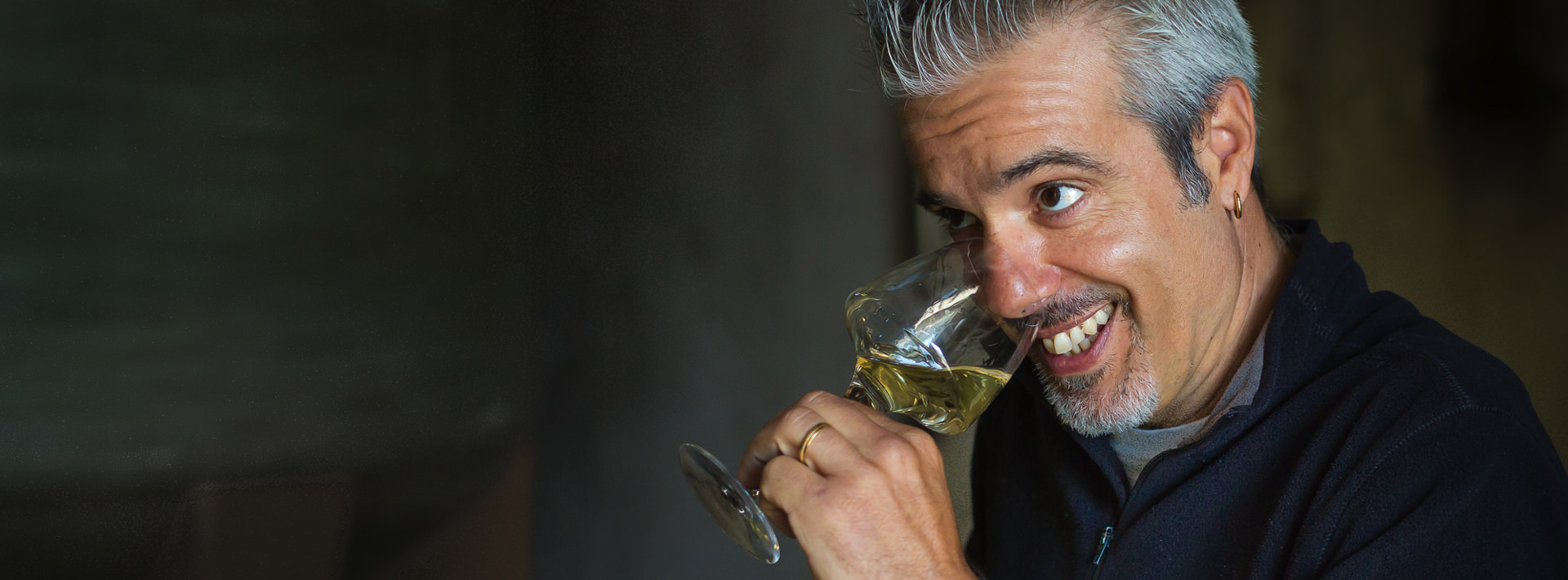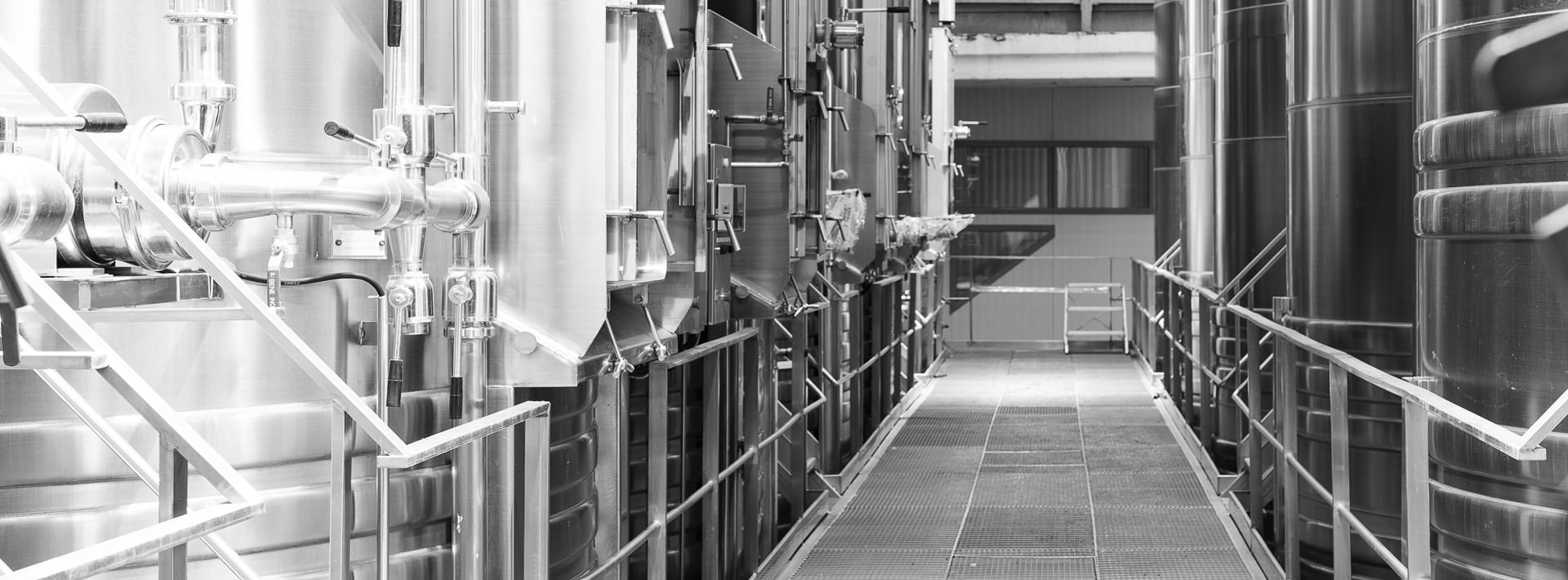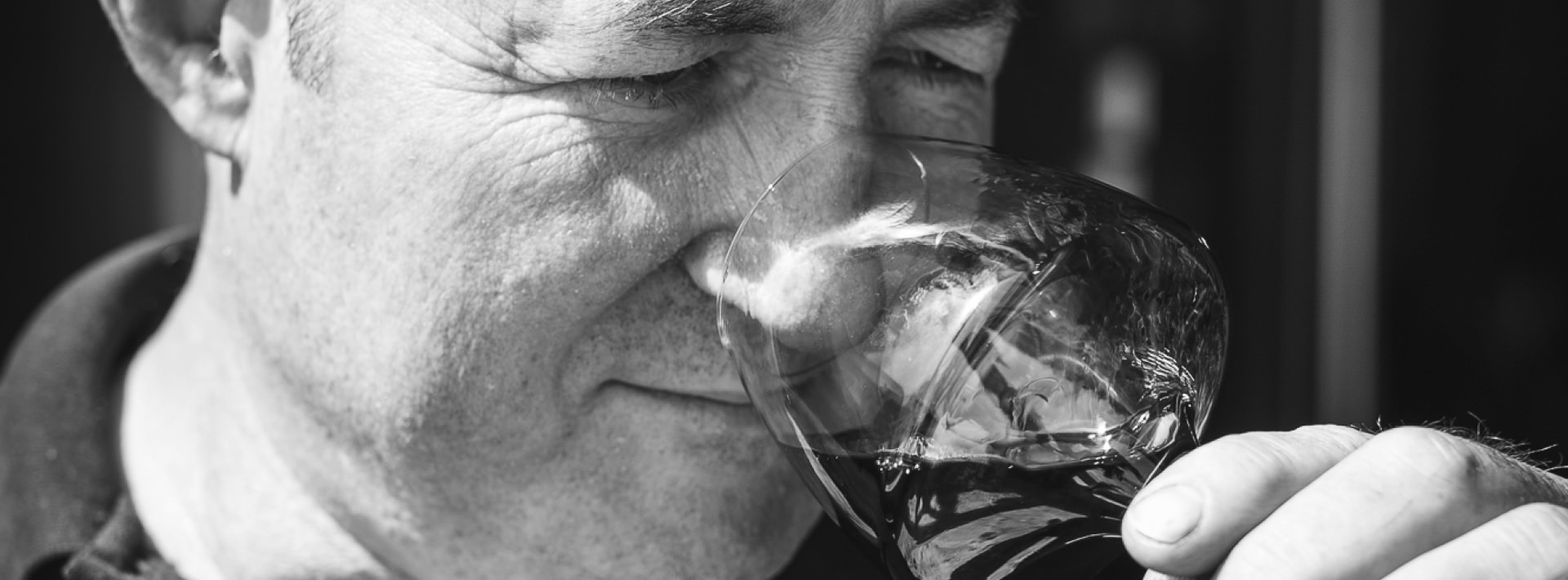Winemaking
The greatest masters need a rich pallet of colours to fully express their art.
Denis Crespo is the wine maker in the cellar in Cairanne. His pallet is attained with many shades of our vineyards which are like many emotions used by his talent. Each of these plots is unique, by its potential, its planted grape varieties, its soil structure, its history and also by the sum of the savoir faire from the winegrower who works on it.
It is this shared work, which is picky, this follow up with his team up to the optimal moment of the grape harvest, which has finally allowed Denis to make his talent and his experience available to exceptional vintages.
Our team is very demanding; it works with all its passion to create the best vintages possible. Year after year, strictly respecting the rules set by the AOP, with his cellar masters, Denis Crespo keeps perfecting the subtle art of blending wines.
The different wines produced reflect the exceptional character of the region, with its harmonious mixture of terroir, microclimates and aromatic plants, as well as the desire of each wine grower to express his savoir faire fully.
His sharp sense of winemaking and his passionate soul, his sensitivity, his inspiration, give life to the most perfect expression of the Rhone, all of which have a fresh intensity, and a large quantity of fruit to attain the heights of complexity.
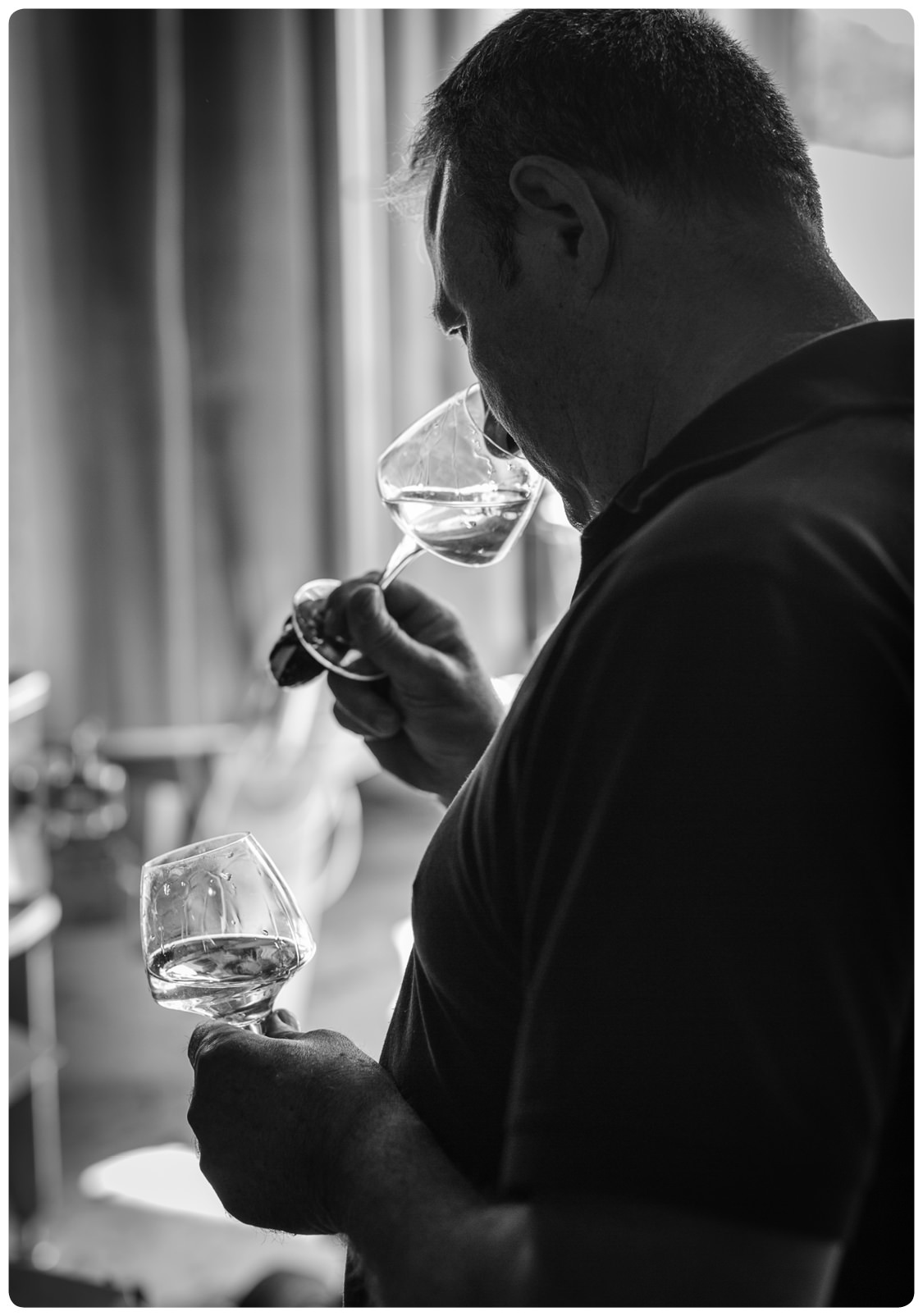
The greatest masters need a rich pallet of colours to fully express their art.
Denis Crespo is the wine maker in the cellar in Cairanne. His pallet is attained with many shades of our vineyards which are like many emotions used by his talent. Each of these plots is unique, by its potential, its planted grape varieties, its soil structure, its history and also by the sum of the savoir faire from the winegrower who works on it.
It is this shared work, which is picky, this follow up with his team up to the optimal moment of the grape harvest, which has finally allowed Denis to make his talent and his experience available to exceptional vintages.
Our team is very demanding; it works with all its passion to create the best vintages possible. Year after year, strictly respecting the rules set by the AOP, with his cellar masters, Denis Crespo keeps perfecting the subtle art of blending wines.
The different wines produced reflect the exceptional character of the region, with its harmonious mixture of terroir, microclimates and aromatic plants, as well as the desire of each wine grower to express his savoir faire fully.
His sharp sense of winemaking and his passionate soul, his sensitivity, his inspiration, give life to the most perfect expression of the Rhone, all of which have a fresh intensity, and a large quantity of fruit to attain the heights of complexity.
A rigorous selection of grapes as soon as they are harvested
the potential is found in the vine and the grape quality will be that of the wine.
We attach a particular importance to the picking date; the vintage will be born of this moment.
Reception on vibrating belt, de-stemming, then putting into vats without adding sulphite. The vats are filled to three quarters of capacity.
In our red vats, we carry out delestage, pouring over, and punching according to the vintage and the consistance of the must. It is important to remember that we control fermentation temperatures very carefully in order to obtain a maximum of aromatic expression of berry fruit and to avoid extracting tannins which are too pronounced. We are looking for sweetness, fullness, fruitiness and a correct balance between freshness and alcohol content.
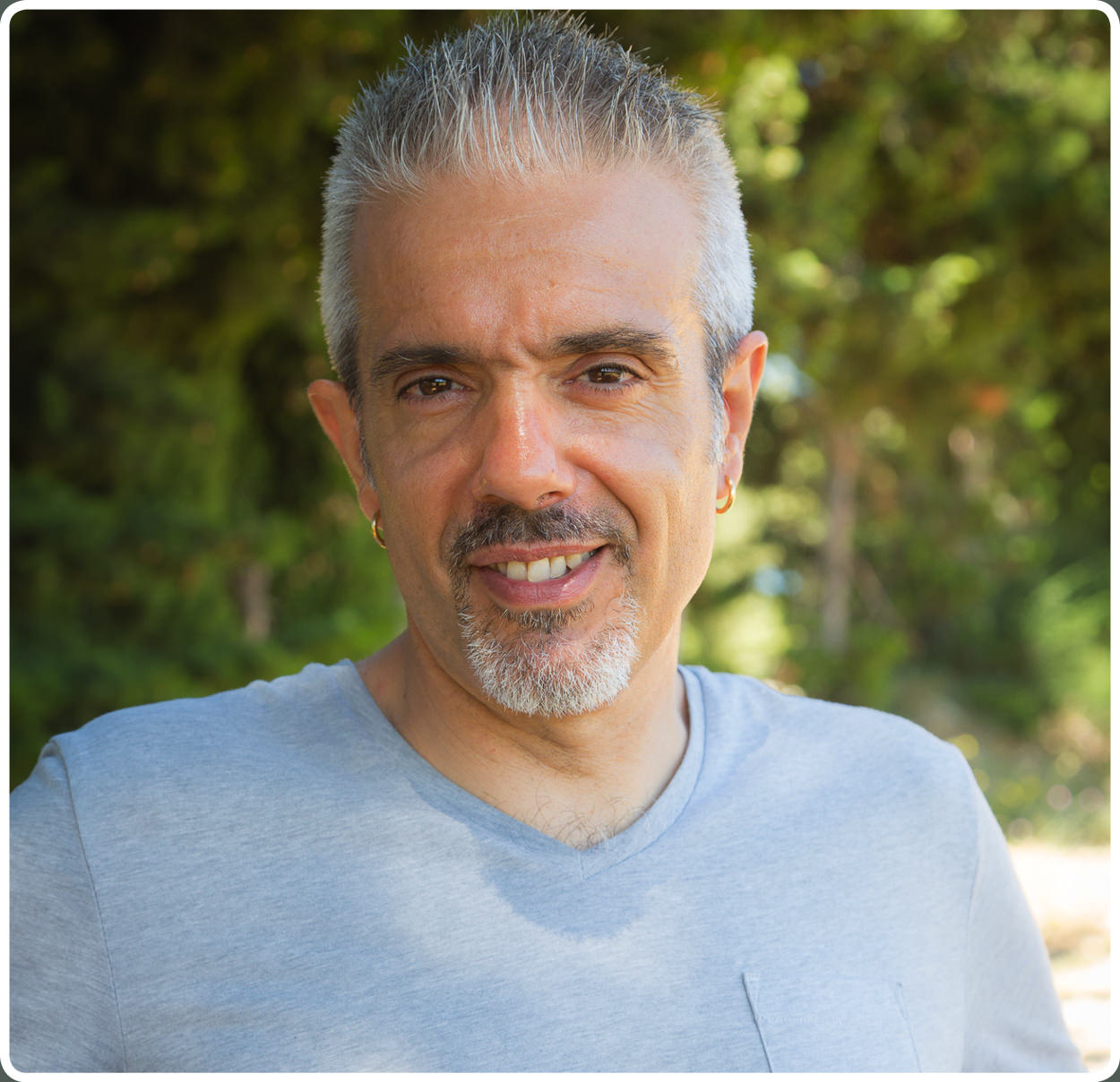
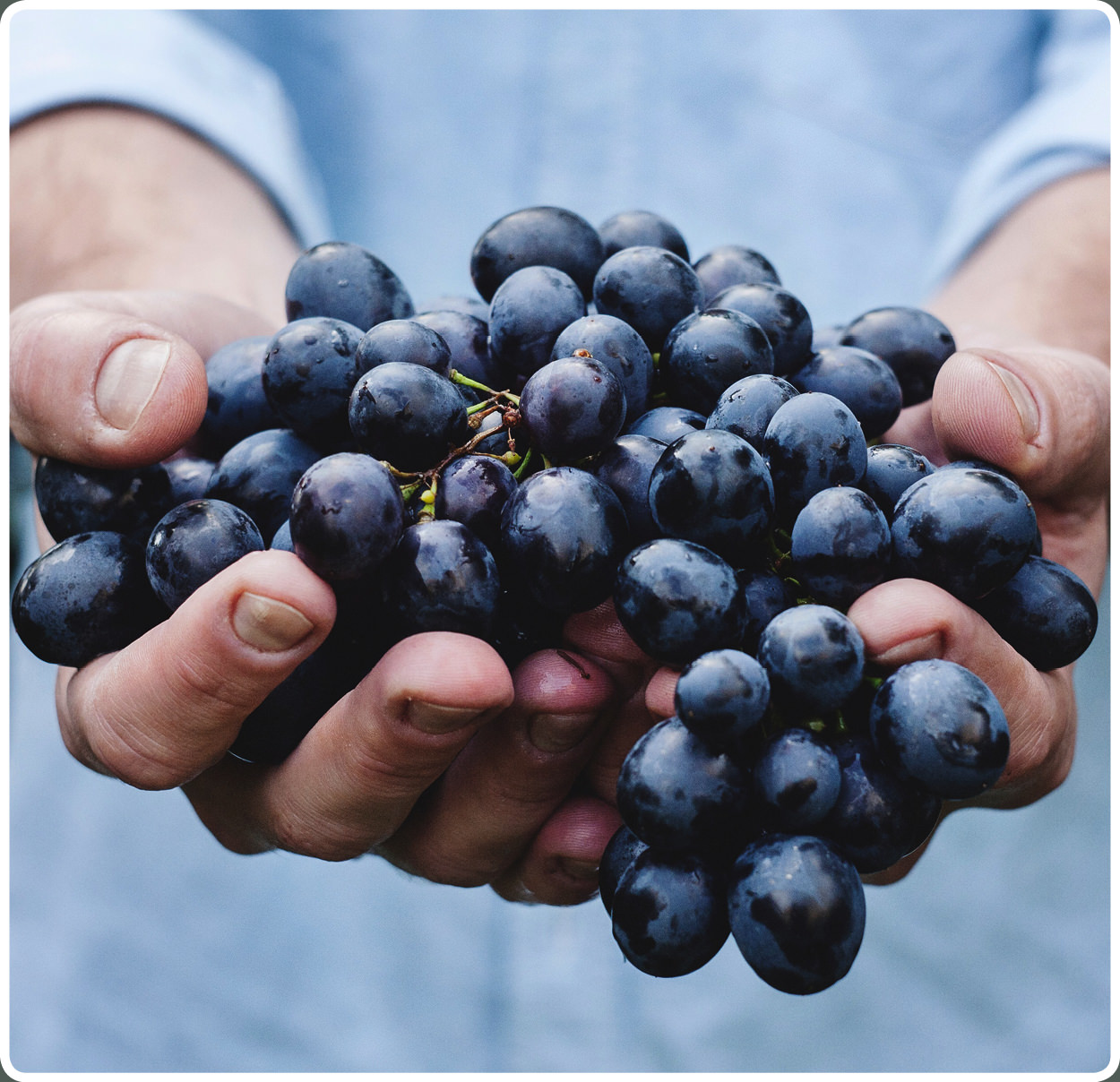
At the beginning of vatting, we cool the grapes at very low temperatures, between eight and ten degrees for 48 hours, this is what we call a pre-fermentation cool phase. This phase will prepare compound aromatic extraction. The most important part of extraction work will be carried out over these first days.
Then, yeast fermentation begins at around 14 to 15 °C, to attain a stable temperature of 26-29°C for red wines. This temperature will be maintained until the end of the alcoholic fermentation.
The sugary phase of this intense vatting will last between 7 and 8 days. The aim is to have the longest fermentation possible (12 to 16 days), very gently, very delicately. The sugar will disappear little by little in order to be transformed into alcohol by the yeast.
After the 10th day, the yeast work slows down markedly because alcohol is starting to be really present.
As of this moment, we fill the vat completely in order to drown the cap to stop mechanical extraction, and we leave the pomace ferment in its juice. This is the principle of infusion, we leave the alcohol to extract the compounds remaining in the cap. This infusion allows us to finish rounding out the wines and removing tannins.

the potential is found in the vine and the grape quality will be that of the wine.
We attach a particular importance to the picking date; the vintage will be born of this moment.
Reception on vibrating belt, de-stemming, then putting into vats without adding sulphite. The vats are filled to three quarters of capacity.
In our red vats, we carry out delestage, pouring over, and punching according to the vintage and the consistance of the must. It is important to remember that we control fermentation temperatures very carefully in order to obtain a maximum of aromatic expression of berry fruit and to avoid extracting tannins which are too pronounced. We are looking for sweetness, fullness, fruitiness and a correct balance between freshness and alcohol content.
At the beginning of vatting, we cool the grapes at very low temperatures, between eight and ten degrees for 48 hours, this is what we call a pre-fermentation cool phase. This phase will prepare compound aromatic extraction. The most important part of extraction work will be carried out over these first days.
Then, yeast fermentation begins at around 14 to 15 °C, to attain a stable temperature of 26-29°C for red wines. This temperature will be maintained until the end of the alcoholic fermentation.
The sugary phase of this intense vatting will last between 7 and 8 days. The aim is to have the longest fermentation possible (12 to 16 days), very gently, very delicately. The sugar will disappear little by little in order to be transformed into alcohol by the yeast.
After the 10th day, the yeast work slows down markedly because alcohol is starting to be really present.
As of this moment, we fill the vat completely in order to drown the cap to stop mechanical extraction, and we leave the pomace ferment in its juice. This is the principle of infusion, we leave the alcohol to extract the compounds remaining in the cap. This infusion allows us to finish rounding out the wines and removing tannins.
The vatting time
It is a phase called coating. At this time, the temperature is between 26° and 29°C and it will start to fall with the end of the fermentation activity of the yeast which has finished its job.
For our Cotes du Rhone and Cotes du Rhone Villages wines, the vatting time is from 3 to 4 weeks. The Cairanne Crus have a longer vatting time, from 4 to 6 weeks.
It is important to note that winemaking and putting into vats are done without adding Sulphur. In order to respect the typical nature of the wine and with the desire to respect the consumer.
The audacious practice is emblematic of the technical mastery acquired in Cave de Cairanne.
Once the alcohol fermentation is finished, there must be a second fermentation which is malolactic. It transforms malic acid present into lactic acid.
Ideally, pomace is used in order to rapidly fix the colour in the wine. It is a fermentation which we do not control and which we do not master; we let nature do its job. It can be triggered using pomace at the end of the alcoholic fermentation or sometimes may be a little delayed, and happen later, after racking.
Then we proceed to devatting, we rack the free run wine and we press the pomace and thus recuperate the press wine.
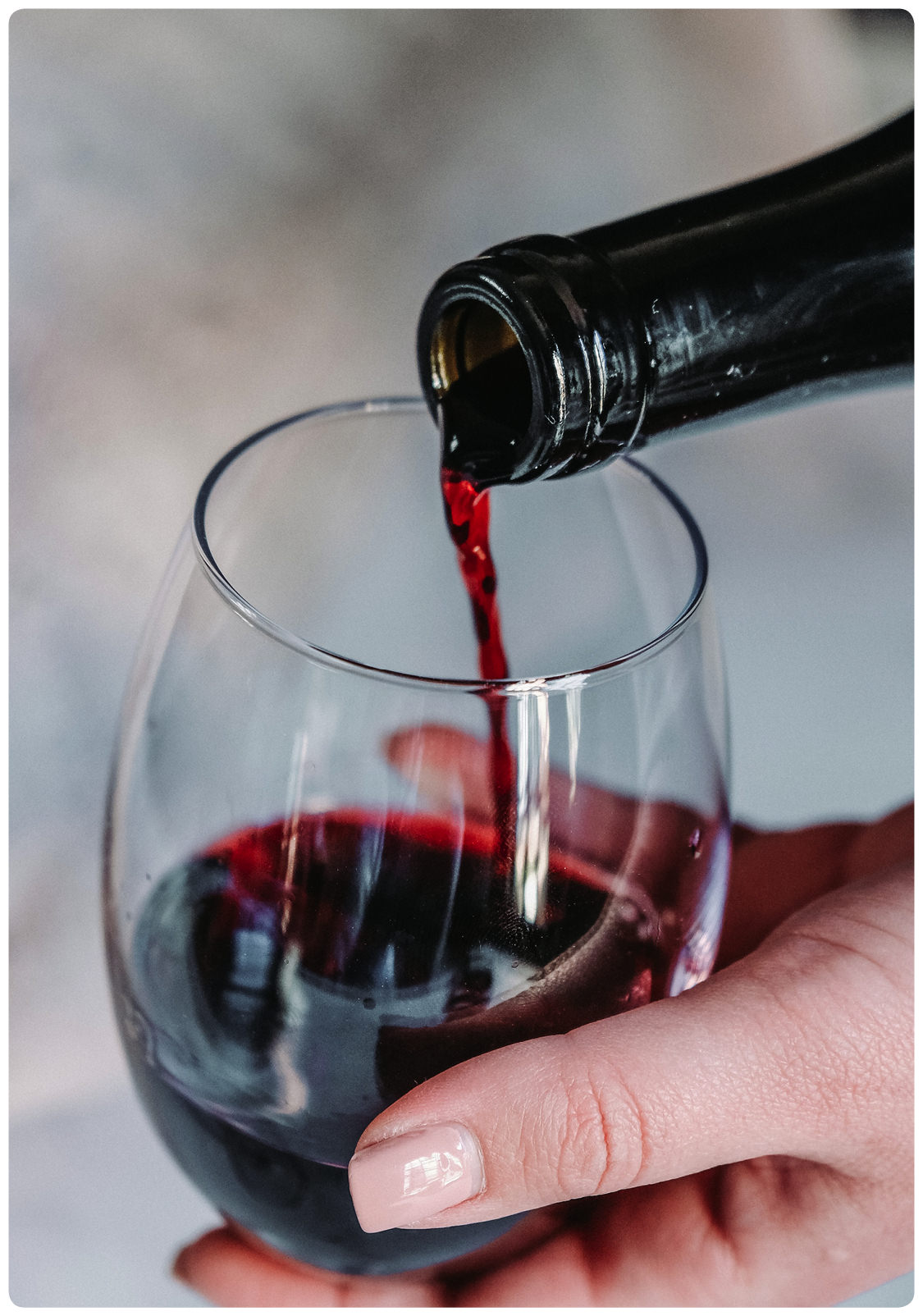

It is a phase called coating. At this time, the temperature is between 26° and 29°C and it will start to fall with the end of the fermentation activity of the yeast which has finished its job.
For our Cotes du Rhone and Cotes du Rhone Villages wines, the vatting time is from 3 to 4 weeks. The Cairanne Crus have a longer vatting time, from 4 to 6 weeks.
It is important to note that winemaking and putting into vats are done without adding Sulphur. In order to respect the typical nature of the wine and with the desire to respect the consumer.
The audacious practice is emblematic of the technical mastery acquired in Cave de Cairanne.
Once the alcohol fermentation is finished, there must be a second fermentation which is malolactic. It transforms malic acid present into lactic acid.
Ideally, pomace is used in order to rapidly fix the colour in the wine. It is a fermentation which we do not control and which we do not master; we let nature do its job. It can be triggered using pomace at the end of the alcoholic fermentation or sometimes may be a little delayed, and happen later, after racking.
Then we proceed to devatting, we rack the free run wine and we press the pomace and thus recuperate the press wine.
A really delicate alchemy
Once ageing is considered finished, we proceed to blending, which is a really delicate alchemy.
Once the vintage is created, it is lightly filtered in order so as not to empty the wines, to conserve their singularity and elegance.
During bottling, the wine is slightly sulphited to protect it from oxidation by air over time.
When placing a light sulfiting will be carried out to protect the wine in time of oxidation by air (vent).
Typicity and style…
- Fruity (cherries and blackcurrent)
- Spicy (black pepper, cinnamon)
- Silky (full, smooth, soft)
These are the three adjectives which best define our typicity. Like provencal cuisine, our wines are highly coloured and strong tasted. Elegance and complexity and the feminine character of our wines dominate the simple expression of power, to give generous accessible and never austere wines.
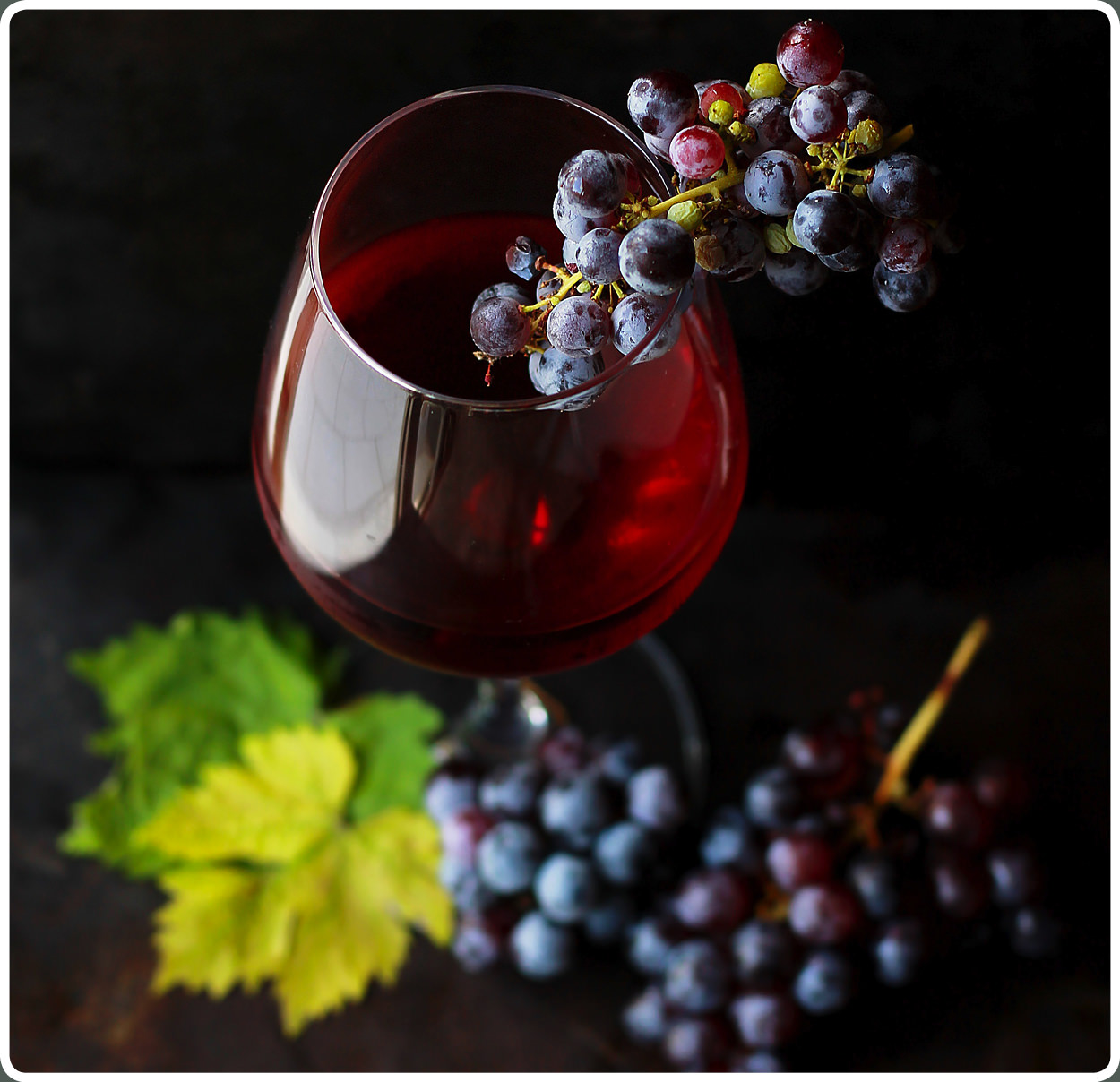
Our knowhow is constantly recognised by many medals and prizes. Although these gratifications are important, our aim is especially to share our passion for wine and way of living.
Producing wines for pleasure, which are expressive with texture, fullness, consistence and a real personality.
Being sensitive to the reduction of sulphite doses as much for the conservation as for the making of the wines. It requires real personal know how and this is felt in the consistence of the wines.

Once ageing is considered finished, we proceed to blending, which is a really delicate alchemy.
Once the vintage is created, it is lightly filtered in order so as not to empty the wines, to conserve their singularity and elegance.
During bottling, the wine is slightly sulphited to protect it from oxidation by air over time.
When placing a light sulfiting will be carried out to protect the wine in time of oxidation by air (vent).
Typicity and style…
- Fruity (cherries and blackcurrent)
- Spicy (black pepper, cinnamon)
- Silky (full, smooth, soft)
These are the three adjectives which best define our typicity. Like provencal cuisine, our wines are highly coloured and strong tasted. Elegance and complexity and the feminine character of our wines dominate the simple expression of power, to give generous accessible and never austere wines.
Our knowhow is constantly recognised by many medals and prizes. Although these gratifications are important, our aim is especially to share our passion for wine and way of living.
Producing wines for pleasure, which are expressive with texture, fullness, consistence and a real personality.
Being sensitive to the reduction of sulphite doses as much for the conservation as for the making of the wines. It requires real personal know how and this is felt in the consistence of the wines.

